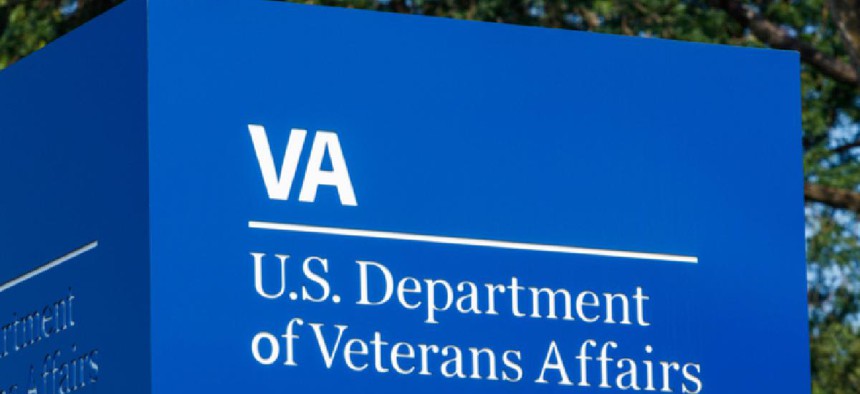VA reports smooth go-live from $16B electronic health record system

The performance of infrastructure, end-user devices exceeded agency expectations on the VA's first go-live on its new electronic health record system.

The Department of Veterans Affairs enjoyed a relatively smooth rollout of the Cerner Millennium electronic health record system in the first of many go-live events.
VA flipped the switch on the Cerner system on Oct. 24 at the Mann-Grandstaff Medical Center in Spokane, Wash., four outpatient clinics, and at an affiliated billing and processing center in Las Vegas.
The go-live date, which was scheduled for March, faced delays because software integrations across systems weren't ready in time, and then longer delays due to the COVID-19 pandemic.
The agency has a long way to go on the decade-long project to replace its home grown Vista electronic health system, but its initial rollout seems to have avoided some of the bugs and defects that that attended the Defense Department's launch of its Cerner system.
One big lesson learned from the DOD's effort was making sure infrastructure was ready.
John Short, chief technology integration officer for the VA's Office of Electronic Health Record Modernization, told reporters on a Nov. 9 briefing that the infrastructure was outperforming expectations.
"The latency has been coming in much lower than the threshold that we required," Short said. He added that the push to prepare end-user devices and infrastructure was so thorough that at go-live, there was just one printer that needed a software update to support the new system.
Dominic Cussatt, VA's principal deputy CIO, added that there were very few support tickets involving end-user devices and infrastructure.
"The first week after we went live, the IT infrastructure tickets were remaining in the single-digit numbers, which is exceptional. That exceeded our greatest expectations," Cussatt said.
Officials on the call explained that support tickets mostly centered around permissions, access and training refreshers. That contrasts sharply with the initial DOD experience in 2017 that resulted in persistently long login times and extended waits to get attention on tech support tickets.
Pamela Powers, the VA deputy secretary, noted that "no other health care organization in the world is attempting something of this scale and complexity."



